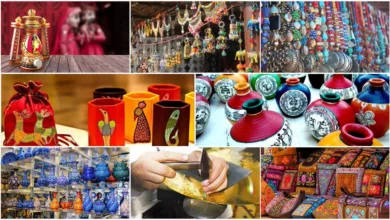handicraft companies
-
Trends

Top 10 Best Handicraft Companies In USA 2023
INTRODUCTION Handicrafts are becoming increasingly popular in the United States. From paintings and sculptures to unique jewelry, these handcrafted items…
Read More »

INTRODUCTION Handicrafts are becoming increasingly popular in the United States. From paintings and sculptures to unique jewelry, these handcrafted items…
Read More »